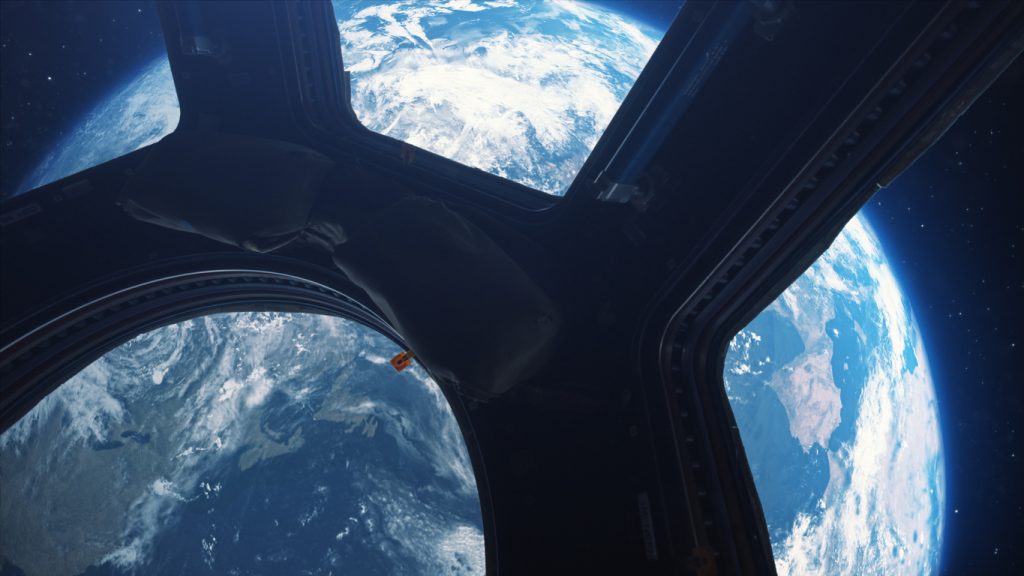Enjoy an unforgettable experience outside the Earth’s atmosphere, experience zero-gravity, and have the chance to see the immensity of the place we call home with just one glance. These are sensations that were previously only available to astronauts and brilliant people who had prepared night and day in the best universities on the planet for this journey. But this has now changed, space tourism is today a reality, and the privilege is “more democratic”. And we say this between quotation marks because you’ll still need a ridiculous amount of cash to be able to buy a ticket to the stars.
Although we’ve been hearing the same old story about space tourism, there are still very few non-astronauts who have had the luxury of travelling into outer space. Actually, you could count them on two hands.
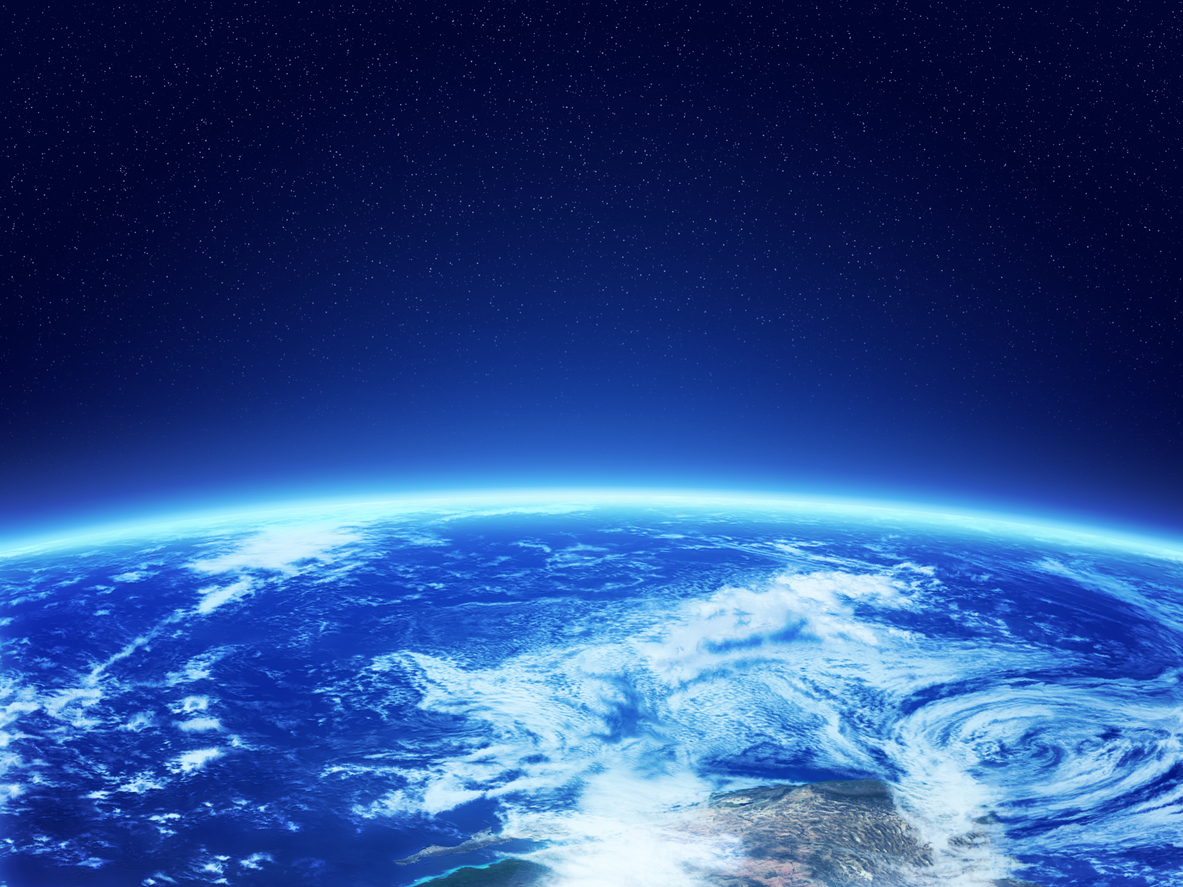
However, it’s also true that the initiatives, plans and companies offering this service are a reality and have been around for a few years now. They are still working with a clear objective in mind, without losing sight of the fact that if they manage to “democratise” space tourism, the benefits arising from it will be immense.
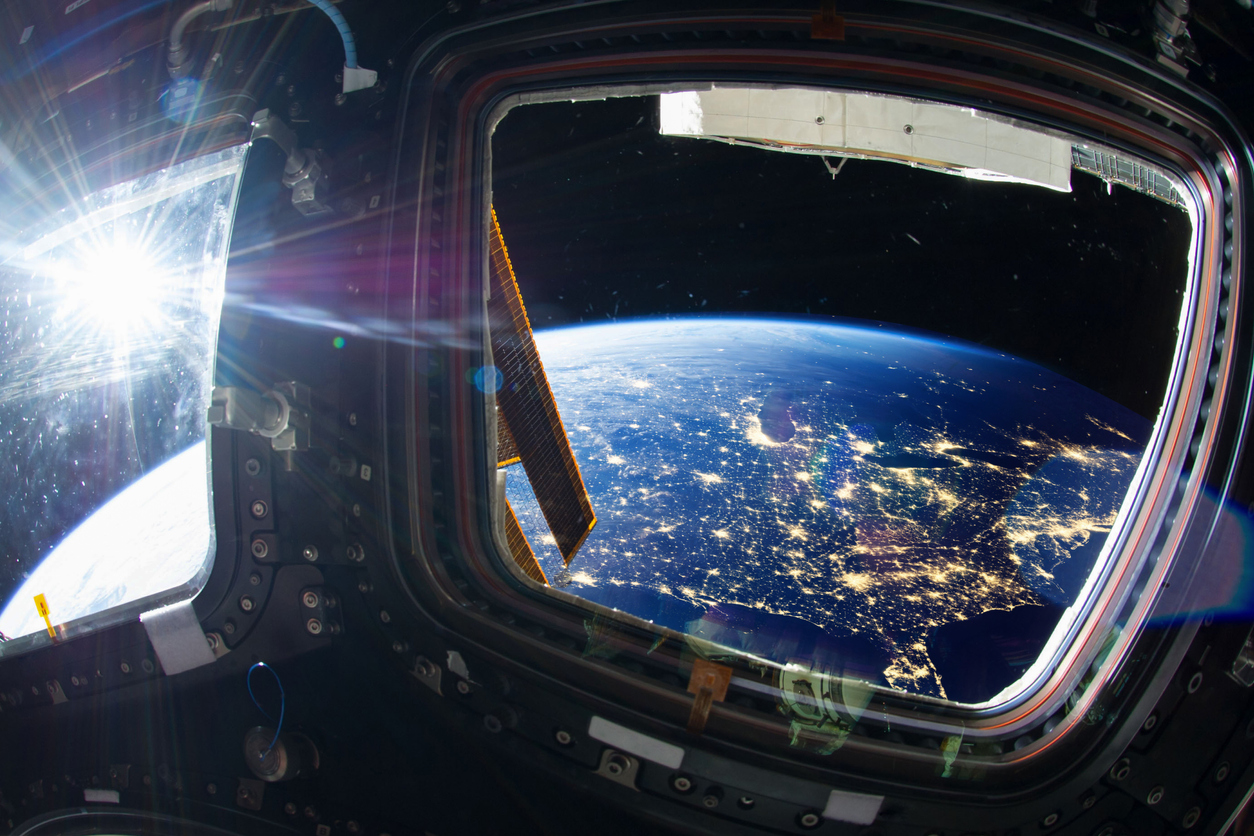
But before going into more detail about these aspects, let’s first take a look at the most recent news on the subject. The National Aeronautics and Space Administration (better known to you and us as NASA) announced on June 7, 2019, that it will now allow civilians to visit the International Space Station, which is the only permanent, space habitat where human beings can survive.
Now, NASA hasn’t set up a space travel agency, but it will allow other private commercial entities to administer and manage the trips to the space station.
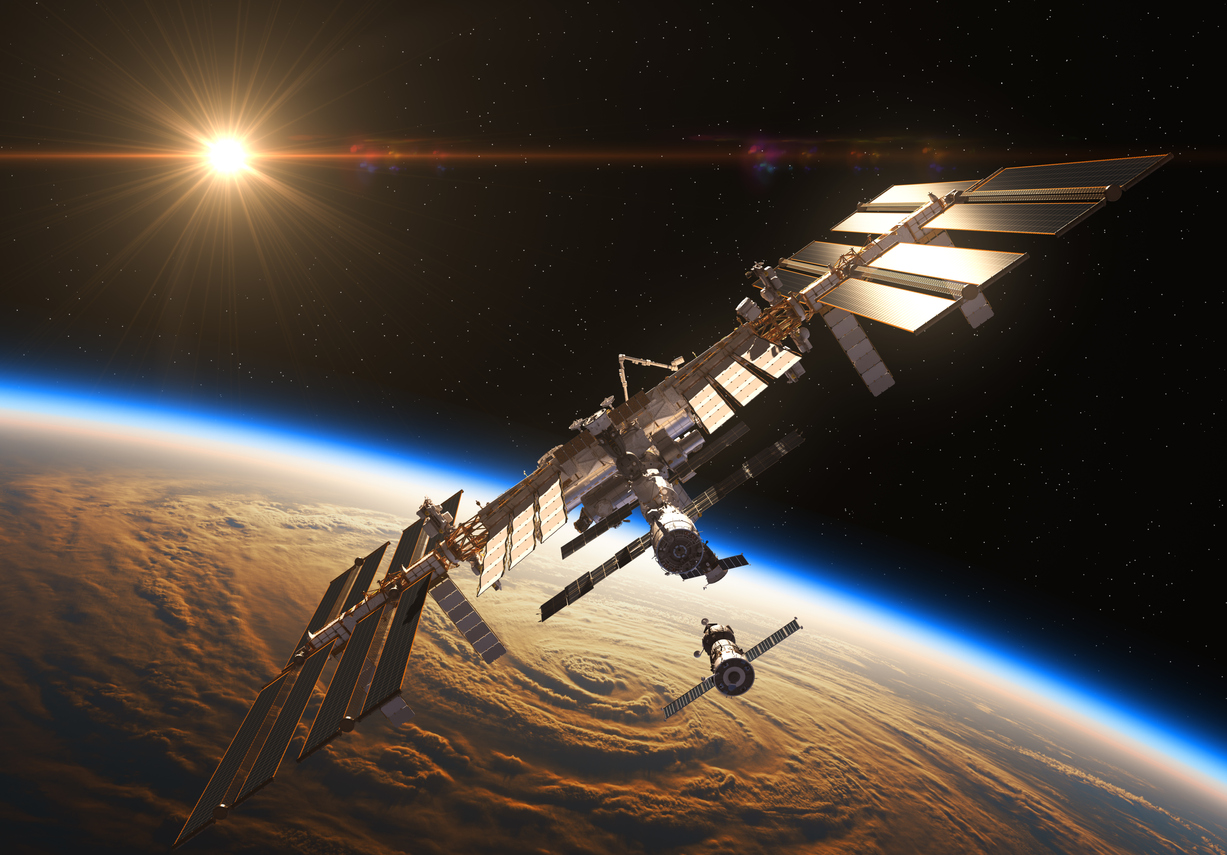
But before you get too excited and start packing your bags, NASA plans on charging these enterprises about $350,000 per night to use its facilities. And then these companies will charge their customers upwards of a million U.S. dollars for the round trip.
The first space tourist
Let’s not forget this historic milestone in the space race. To do this, we have to go back to 2001 to look at the man behind the name: Dennis Tito.
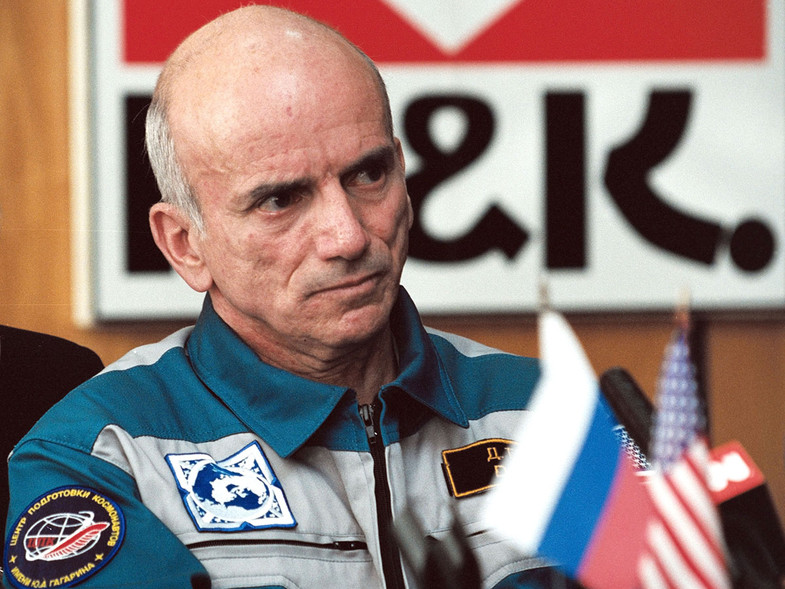
This American is widely known as the first person to have funded his own trip into space. Now, this is no wealthy oil baron who hasn’t read more than three books in his life (no, we’re not thinking about George Bush Jr.).
Dennis Tito came from a family of Italian emigrants and was born in New York. His strong work ethic and capacity for innate studying made him a multimillionaire after he founded a company specialising in investment management, consulting and technology services.
In the run-up to making his millions, Tito also received a degree in astronautics and aeronautics, and a master’s in engineering science. His outstanding curriculum led him to work in NASA for several years, where he also played a part in the hugely important Mariner space probes (4, 5 and 6).
At 68 years of age, Tito paid a reported $20 million and finally got to achieve his lifelong dream on April 28,2001.
He was the first civilian to travel to the International Space Station, and also the second oldest person to reach space, only being surpassed by the legendary astronaut John Glenn.
He travelled to the space station on board a Russian Soyuz mission, as at the time, NASA was strongly against the idea of tourists travelling into space.
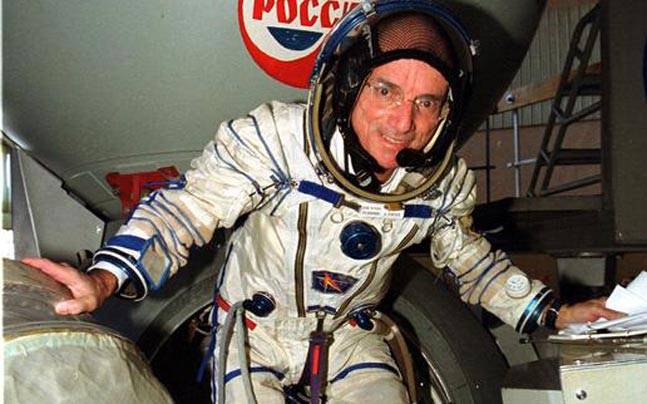
Tito returned to Earth on May 6, 2001, and said that his brief stay in zero-gravity had been “like being in paradise”. After this, it transpired that during his stay he was in charge of part of the station’s communications, as well as several stints as the space cook on the mission.
Only six more people followed in Tito’s footsteps in the first decade of this century, and all of them were under the supervision of the Russian Space Agency, which operated the station.
The Japanese billionaire
In the next space tourism adventure, we have a Japanese entrepreneur with lots of money, the world-famous physicist, South African billionaire and owner of Tesla Motors, Elon Musk and other companies.
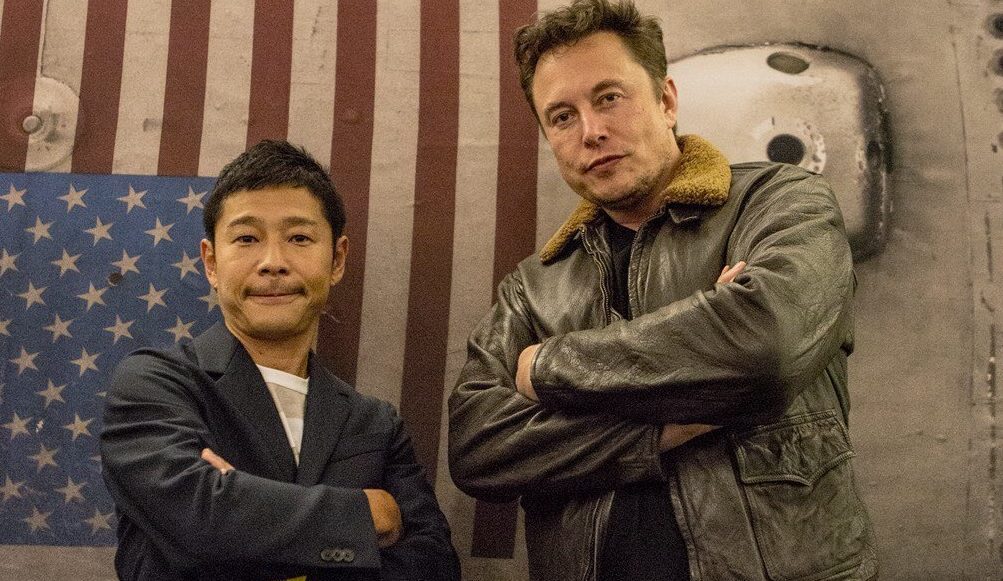
This time around, Musk’s company SpaceX, will take this space tourist beyond the International Space Station. His goal is to fly around the Moon, and he would be the first space tourist to complete this amazing feat.
The Japanese man in question is Yusaku Maezawa, a self-made billionaire thanks to his online wholesale fashion business, Zozo, which he founded just over a decade ago.
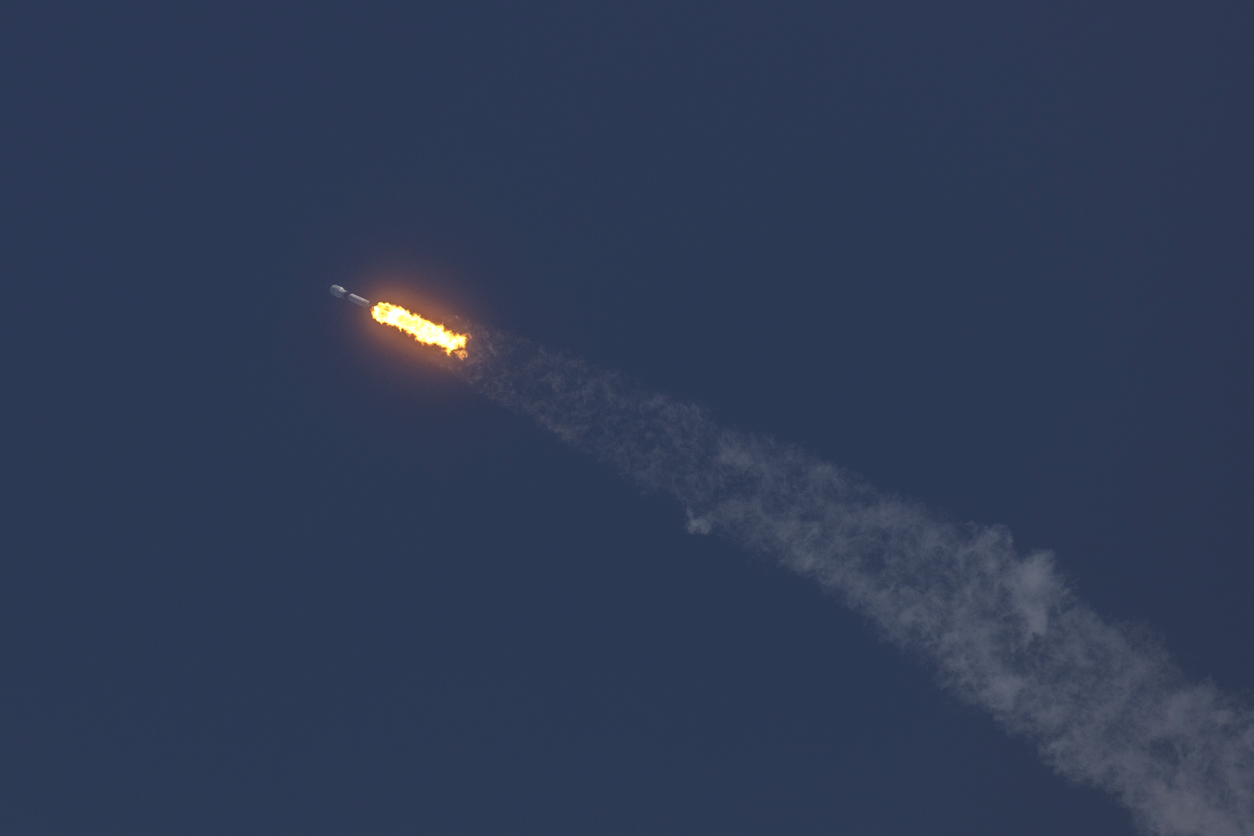
His fortune has also increased with his extensive collection of contemporary art from artists such as Picasso, Warhol, Basquiat and Alexander Calder. He is estimated to be the 18th richest person in Japan, and many estimate his fortune to be in excess of $3 billion.
SpaceX is developing a super-heavy lift launch system called the Big Falcon Rocket for this trip, which is scheduled for 2023. This vehicle will have to bridge the 385,000km separating the Earth and the Moon and deliver Maezawa back home safe and sound.
The Japanese billionaire has created the web dearmoon.earth to keep us up-to-date on the preparations and news about his trip.
The strength of SpaceX and Elon Musk are, to a certain extent responsible for NASA’s policy change regarding space tourism. NASA has entered a partnership SpaceX to transport astronauts to the ISS and return them safely to Earth, and also to retrieve the vehicles used from U.S. soil.
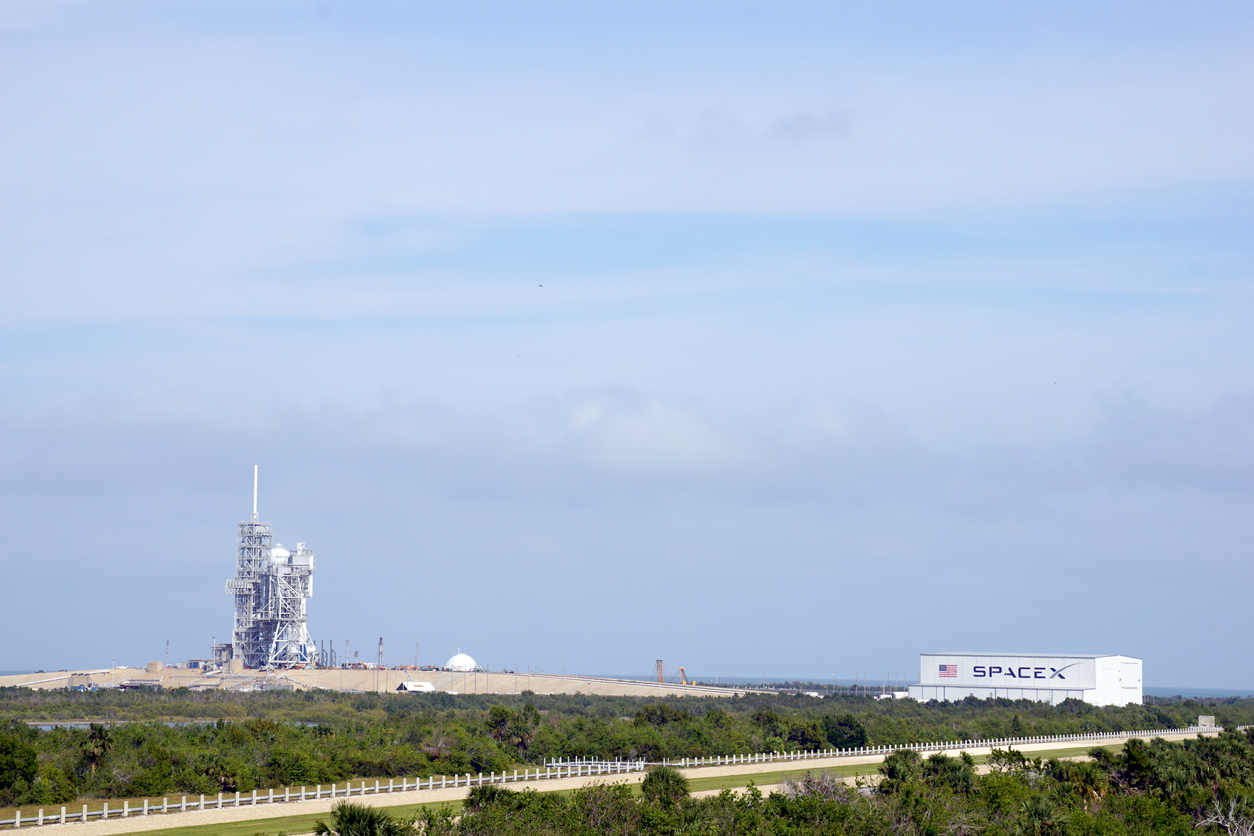
But Maezawa has an ace up his sleeve in this space tourism saga. The Japanese billionaire won’t be travelling alone and is paying for six to eight multidisciplinary artists to go with him.
Who these people are is still a mystery, but Maezawa did say that he’ll be looking for profiles from the world of music, film, fashion and art. “I will then ask them to create something when we return to Earth, and I hope these masterpieces will inspire the dreamer in all of us,” said the future space tourist.
Other companies offering space tourism
The Blue Origin capsule
This corporation is founded by none other than Jeff Bezos, one of the wealthiest people on the planet and the owner and founder of Amazon. Blue Origin offers space tourism flights in the New Shepard capsule and can accommodate six people on each trip.
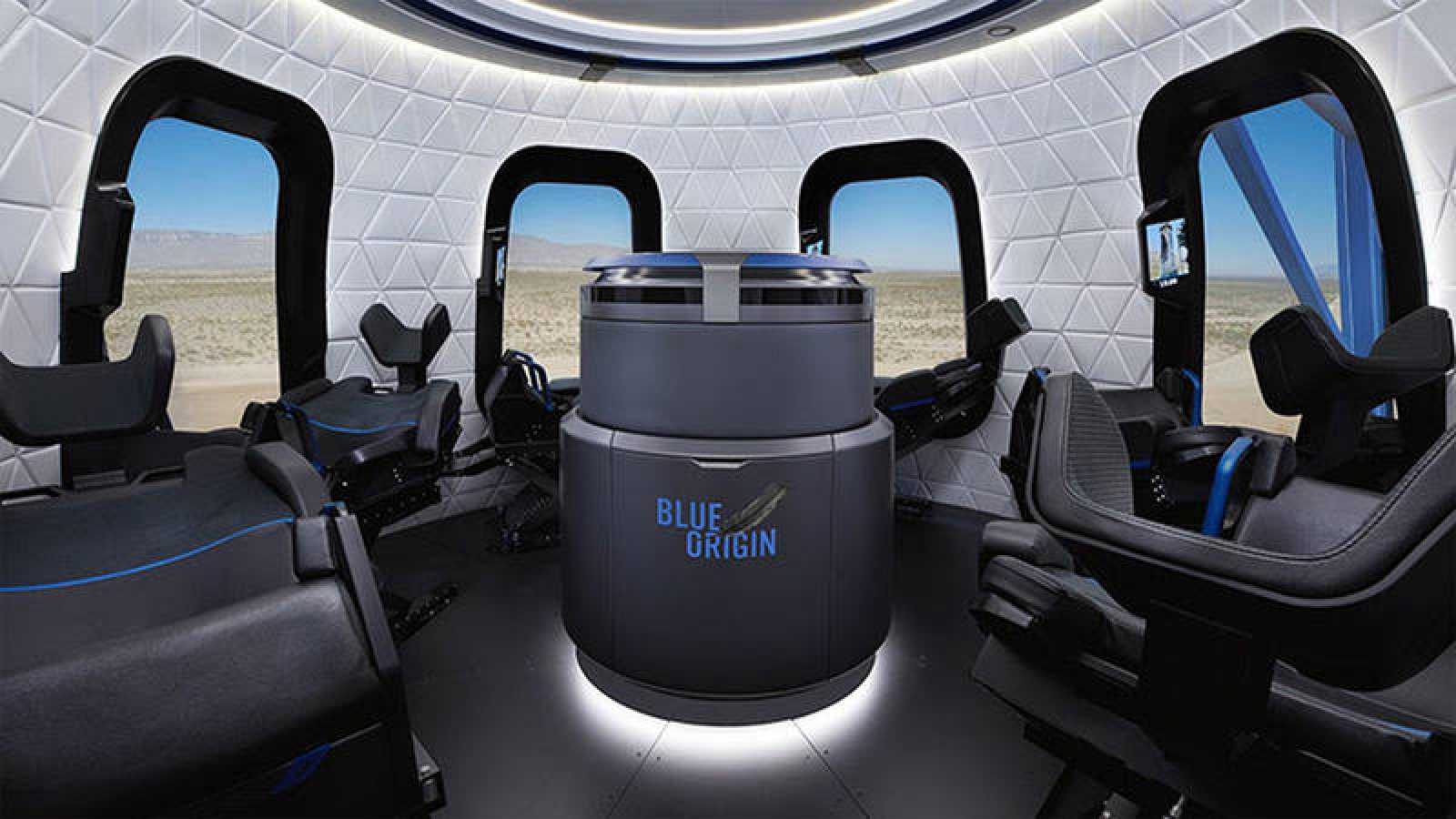
It will be the largest capsule ever built in the space race with a vast window area and will fly to a height of more than 100 kilometres, where the lucky passengers will have the opportunity to experience zero-gravity in all its glory.
All the passengers travelling on the Blue Origin will receive mission-specific training a few days before the flights at the company’s development facility in West Texas.
Virgin Galactic and the limits of the atmosphere
This British company also draws on the charisma of its founder, the famous billionaire Richard Branson. Last year Branson announced that Virgin Galactic had reached the limits of outer space for the first time by reaching an altitude of 80 kilometres.
This flight was made with passengers on board, but there is still no date fixed for the first space tourists who will fly on the White Knight Two. A quadjet cargo aircraft that is used to lift the SpaceShipTwo spacecraft to release altitude.
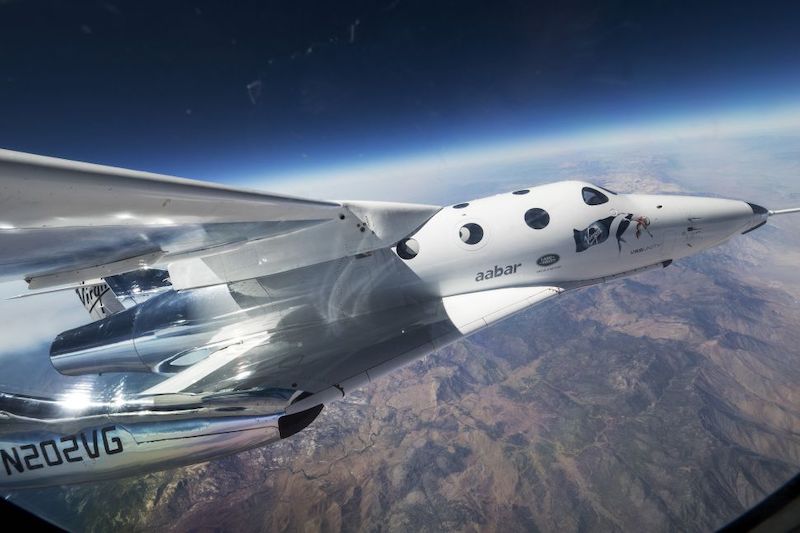
The experience will consist of a few minutes floating in zero gravity, and passengers will be able to enjoy breathtaking views of our planet.
At present, there are no tickets or places available for this adventure, which will cost in the region of €200,000 per person. However, there is a website with all the news and the latest advances in preparation for flight, and it will inform those interested if a place becomes free due to some unforeseen event, or if one of the passengers goes bankrupt and can’t pay for their flight.
Axiom Space: the world’s first commercial space station
This aerospace company has joined forces with the New York travel agency Roman & Erica to create the first known space tourism package holiday.
This is a ten-day stay at the International Space Station for the modest price of $55 million. This includes a training programme, the return journey, a room with views of Earth and internet for video conferencing.
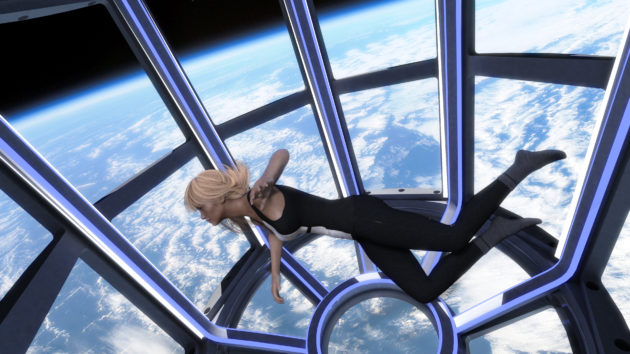
This company is led by Mike Suffredini, the former NASA director of the ISS programme, so he knows better than anyone what’s involved. If everything goes according to plan, they will begin with commercial flights in 2020.
Aurora Space Station: the great space luxury
The American company Orion Span claims to be working on what will be the world’s first space hotel. The structure will orbit the Earth at an altitude of 320 kilometres and to book a room you’ll need to cough up $80,000 per person.
It is hoped the Aurora Station Hotel will be up and running in 2022 and the total travel costs will be in the region of $9.5 million. This price includes the round-trip on the rocket and a 12-day stay in space.
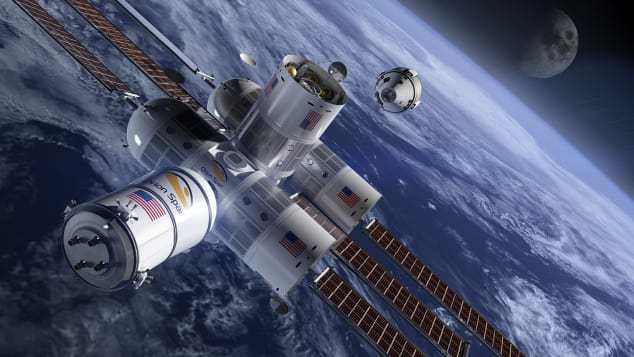
We assume that it will be an all-inclusive trip with premium drinks included, slippers embroidered with your name at the foot of your space bed and all the trimmings.



